As usual when I do genealogy research I get sidetracked for hours by all sort of interesting history. Last night I was researching the branch of my family that settled in Jamestowne. The National Park service has several great resources that are available online for those researching family in this area and in this time period. Those include:
- Documentary History of Jamestown Island, volume I: Narrative History
-Documentary History of Jamestown Island, volume II: Land Ownership
-Documentary History of Jamestown Island, volume III: Biographies of Owners and Residents
In preparing to write the genealogy of my family I do not want it just be a litany of names and dates. I want to give a narrative of what my ancestors saw. Part of that is the interaction of my ancestors with slaves. More specifically as to that is perhaps how they saw and played a part in of the transformation of a society with slaves to a slave society. There is a difference From the below linked PDF document from the National Park Service:
Ira Berlin
argues in his recent book, Many Thousands Gone:
The First Two Centuries of Slavery in North
America, is that in societies with slaves:
slaves were marginal to the central productive
processes; slavery was just one form of
labor among many. Slaveowners treated
their slaves with extreme callousness and
cruelty at times because this was the way
they treated all subordinates, whether indentured
servants, debtors, prisoners-of-war,
pawns, peasants, or simply poor folks. In
societies with slaves, no one presumed the
master-slave relationship to be the social
exemplar (Berlin 1998).
When societies with slaves became slave societies,
Berlin continues, “slavery stood at the center
of economic production, and the master-slave relationship
provided the model for all social relations”
(Berlin 1998: 8). It was an all encompassing
system from which, in the words of Frank
Tannenbaum, “Nothing escaped, nothing, and no
one” (Tannenbaum 1946: 117)
I happened upon a very good read last night that I spent hours on. See A Study of the Africans andAfrican Americans on Jamestown Island and at Green Spring, 1619-1803. For Genealogy purposes this a great resource no matter what. It also at the beginning has some nifty maps of where the first settlers owned land.
However it is a vivid picture of how what was to become the colonies and thus the United States went from a society with slaves to a Slave society.
In August 1619 an event occurred that Virginia history and thus American history forever. A Dutch frigate,Hampton Roads bearing 20-some Africans.
From a Catholic viewpoint this caught my eye. (on pages 28 to 29 of the PDF)
The Probable Origin of
Virginia’s First Africans
In recent years, scholars Engel Sluiter and John Thornton have learned much about the origin of
the Africans whom John Rolfe indicated had arrived at Old Point Comfort in late August 1619.
After studying records in the Spanish archives, Sluiter concluded that these people had been removed from a Portuguese slave ship, and that they had been captured in Angola, on the west coast of Africa. He found that during the fiscal year June 18, 1619, to June 21, 1620, six slave ships arrived at Vera Cruze, having taken their human cargoes aboard at Sao Paulo de Loanda, the capital of Portuguese Angola.
One of the ships (the San Juan Batista) reportedly was attacked by English corsairs and captured. As it was the only vessel listed as being attacked out of 36 making the voyage in
1618-1619 and 1621-1622, Engel Sluiter surmised that it was the one captured by the Treasurer and Captain Jope’s Flushing man-of-war, which John Pory and John Rolfe spoke of. As the attack took place off Campeche in late July or August 1619, there would have been enough time to reach Virginia by the end of August (Sluiter 1998:395-398). John Thornton built upon Engel Sluiter’s findings and proffered that the Africans, who came fromSao Paulo de Loanda, probably had been baptized and made Christians, in accord with Portuguese
law.
Even so, the Dutch and Portuguese probably considered them slaves. Some of the African
people aboard the San Juan Batista may have been enslaved in the Kingdom of Kongo (north of
Angola) or in territory to Angola’s east. On the other hand, some of the Africans brought to Virginia may have come from the area south of Angola, across the Kwanza River, for the Portuguese had been buying slaves there since the late sixteenth century.
However, in Thornton’s opinion the most likely source of the people aboard the San Juan Batista was the Kingdom of Ndongo, against which the local Portuguese military had been waging large military campaigns since 1618. During that conflict thousands of Kimbundo-speaking people were captured and enslaved. While Portuguese governor Luis Mendes de Vasconcelos was in office (1617-1621) approximately 50,000 slaves were exported from Angola. According to Bishop Manuel Bautista Soares of Kongo, approximately 4,000 baptized Christians were captured and enslaved by the Imbangala tribesmen who fought on the side of the Portuguese governor.
Many of these victims came from the royal district of Ndongo, between the Lukala and Lutete Rivers.Within the district of Ndongo were several towns that were nucleated and enclosed by a palisade.The largest of these urban centers was Angoleme. Interspersed among the urban communities was a rural population that tended livestock and raised crops such as millet and sorghum. The people of this region participated in markets and dressed in clothing made of tree bark and cotton or imported fabric. If the Africans who came to Virginia aboard the Treasurer and the man-of-warfrom Flushing were from the Lukala-Lutete River area, they probably spoke a common language but shared a complex ethnic identity. Moreover, as Portuguese law required all African slaves to be baptized and to receive religious instruction, someof the 20-odd who came to Virginia in 1619 probably
had been introduced to Christianity (Thornton 1998:421-434).
So it appears from this region where these Slaves came from there was already a Christian presence and as the Bishop noted a vast number of these had been captured.

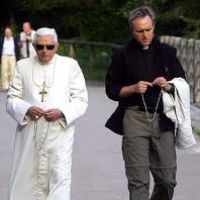





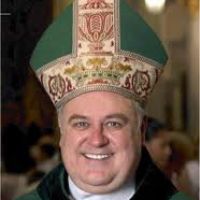
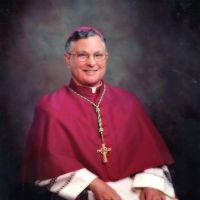
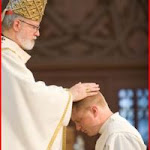
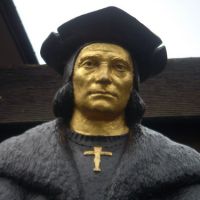
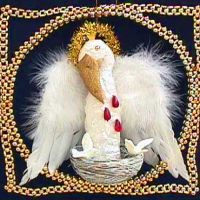
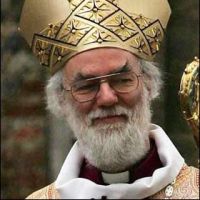

No comments:
Post a Comment